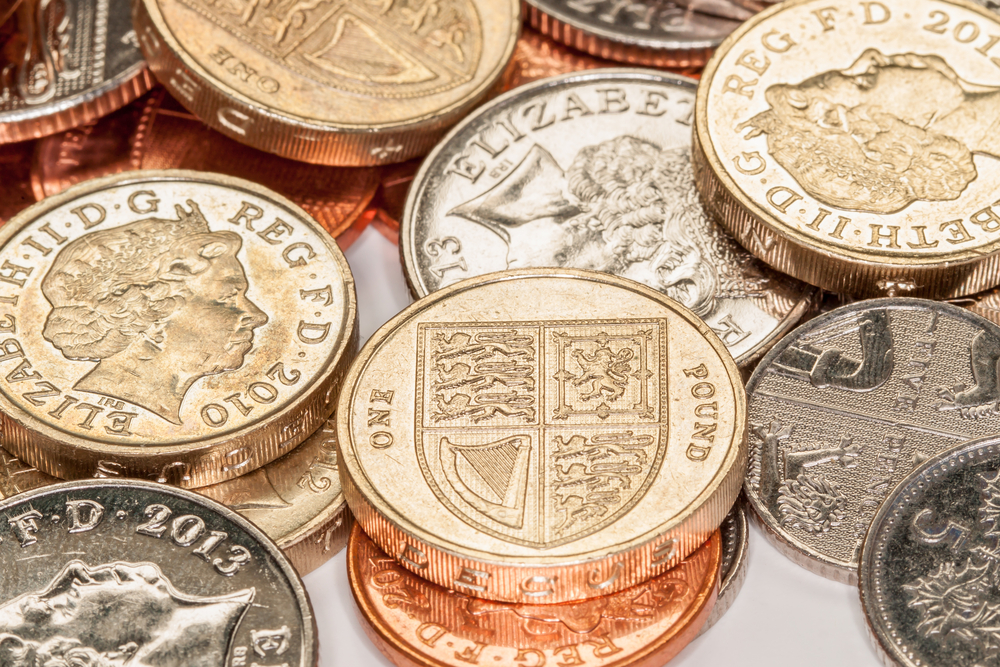The euro has continued to strengthen against Sterling with an increase of 0.8% this week, figures from the European Central Bank (ECB) show.
On Monday, September 26, the euro was trading at 87p Sterling, which puts it in the strongest position against the pound for over three years.
The last time the euro reached such heights was back in August 2, 2013, when the euro/Sterling relationship hit €1/87.1p, figures from the ECB show.
Prior to the Brexit vote, the euro/Sterling exchange rate stood at 76.6p, but this jumped 7p in the space of three days following the UK’s decision to leave the European Union.
The fall in the value of the Sterling against the euro is important as the Irish agricultural industry is heavily dependent on the UK market.
And a weaker Sterling may have a negative impact on both the beef and sheepmeat sectors.
Figures from Bord Bia show that the UK accounts for 54% of Irish beef exports and for 28% of Irish sheepmeat shipments.
Effects of the weaker Sterling have already been seen in the Irish beef trade, with the volume of Irish beef and live cattle exports falling since the result of the Brexit referendum became known.
In July, the month following the Brexit vote, the volume of Irish beef sold into the UK market declined by 20% compared to the corresponding time in 2015.
Euro/Sterling exchange rate:

Sterling exchange rate against the Euro – Source: European Central Bank
The AHDB reports that this fall has occurred due to the weaker Sterling, which has made beef sourced from Ireland and other European countries more expensive to UK buyers.
Furthermore, the weaker Sterling has also resulted in a fall in the number of Irish cattle exports to Northern Ireland so far this year, with official figures showing a 72% decline in the number of cattle crossing the border in recent weeks.

